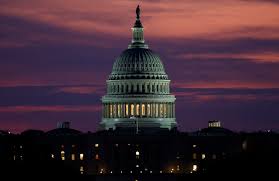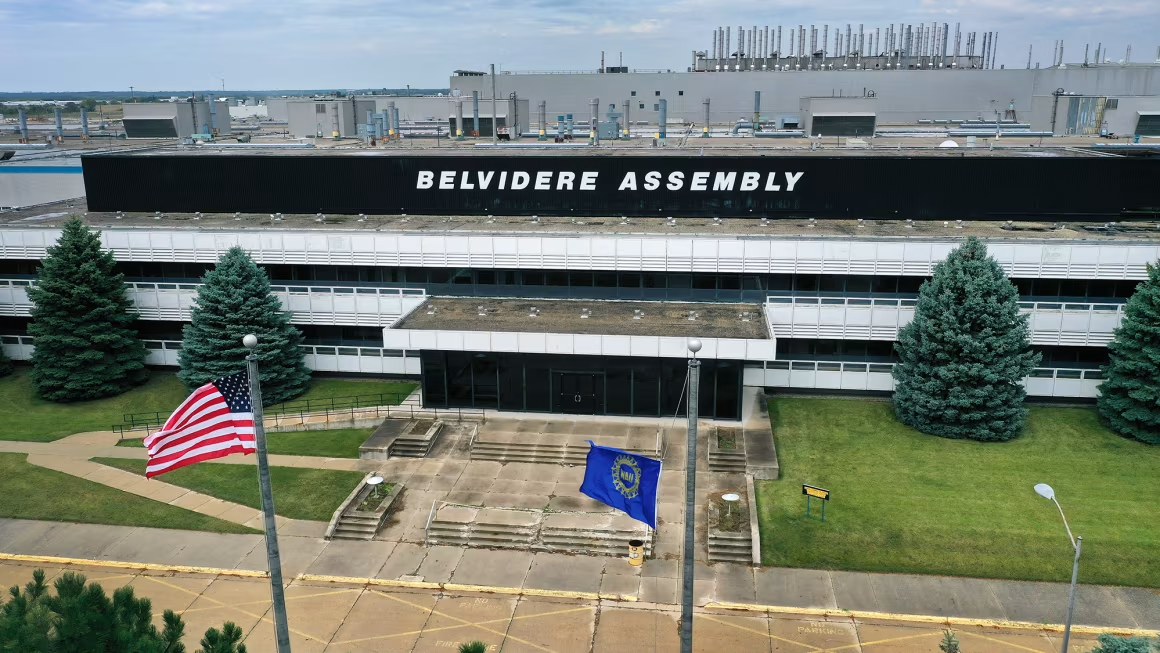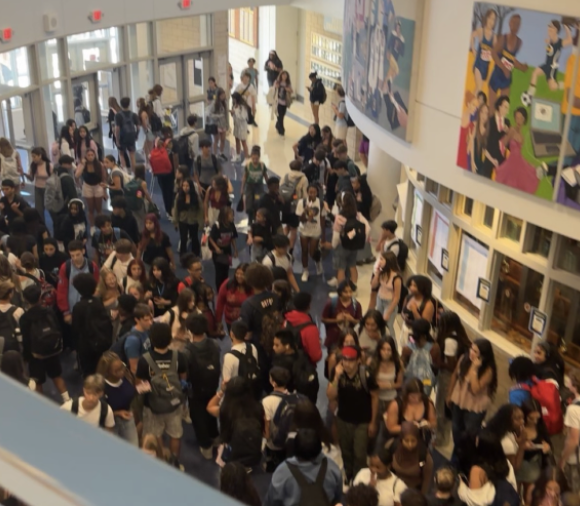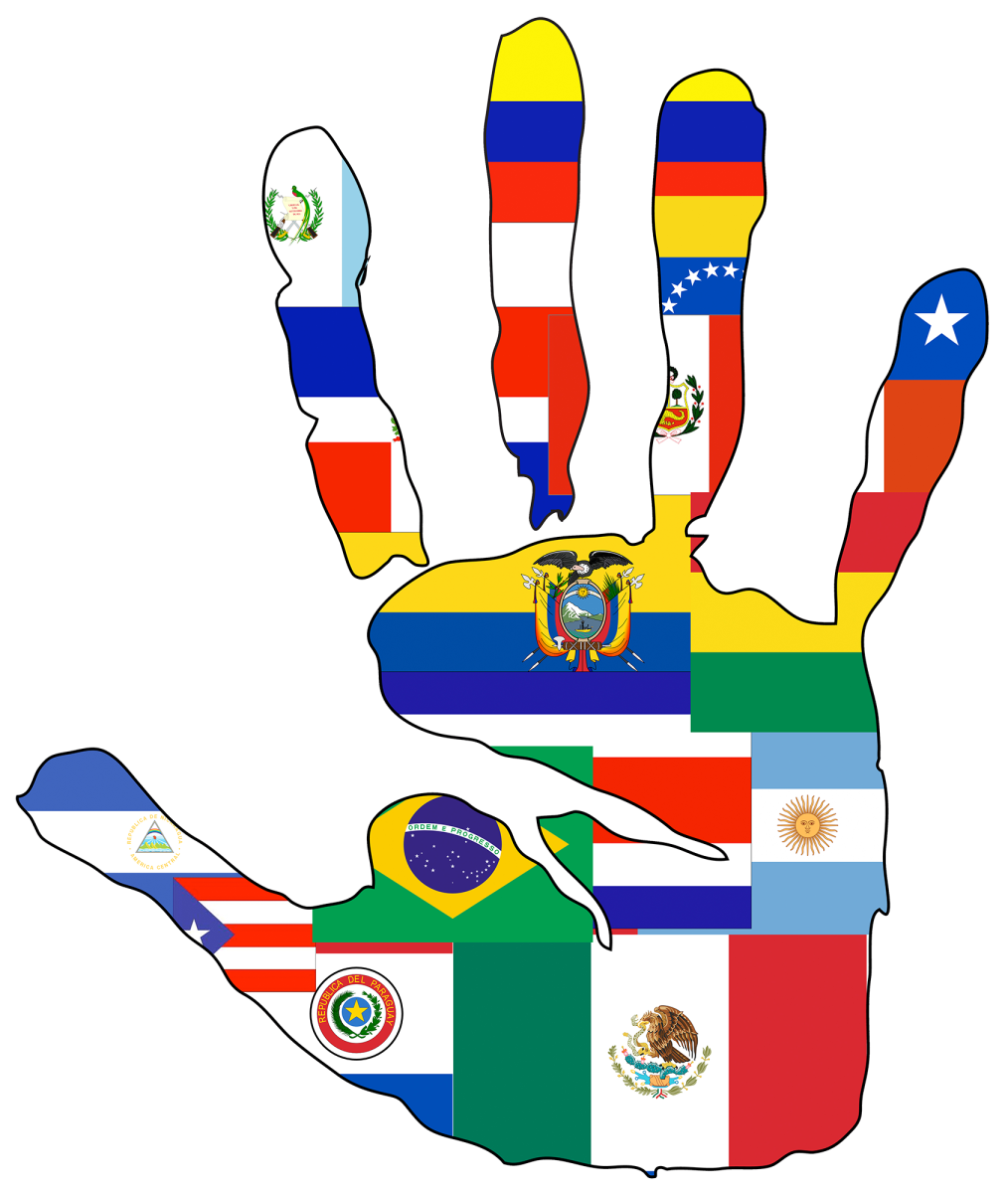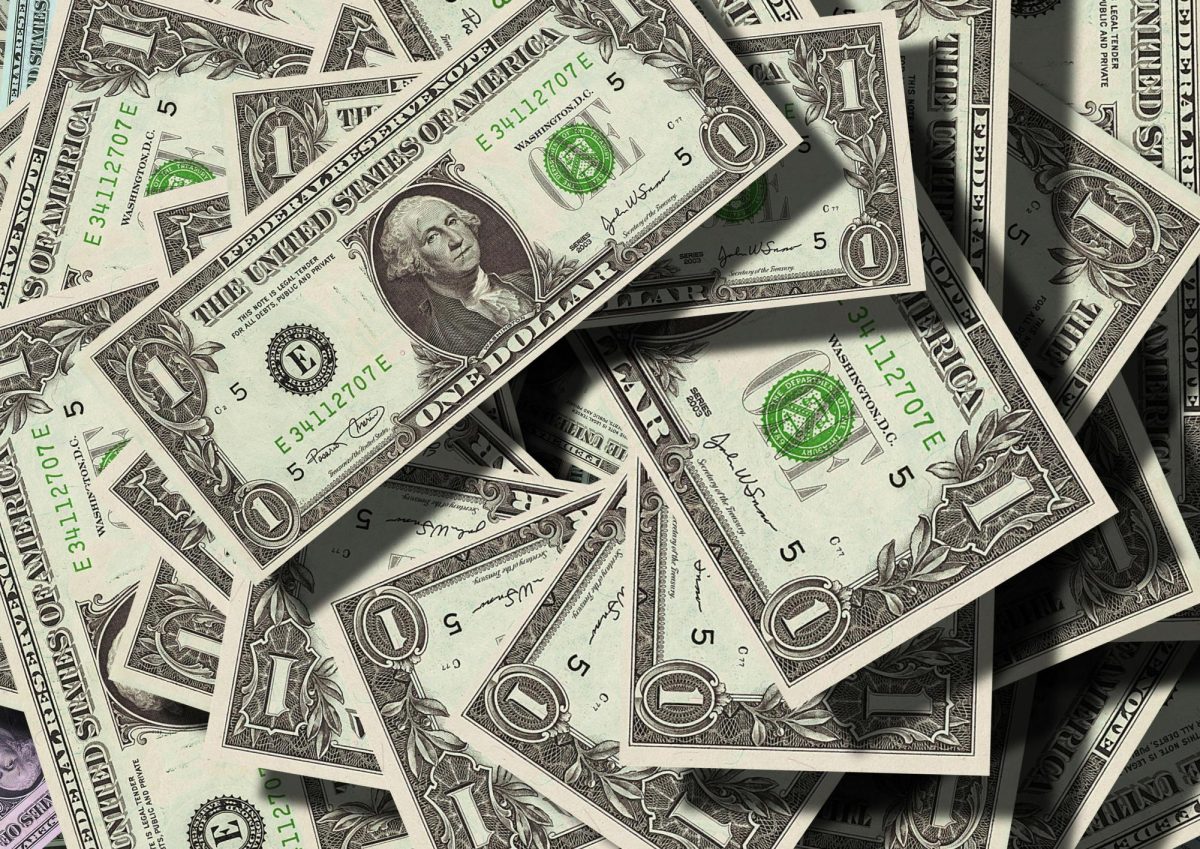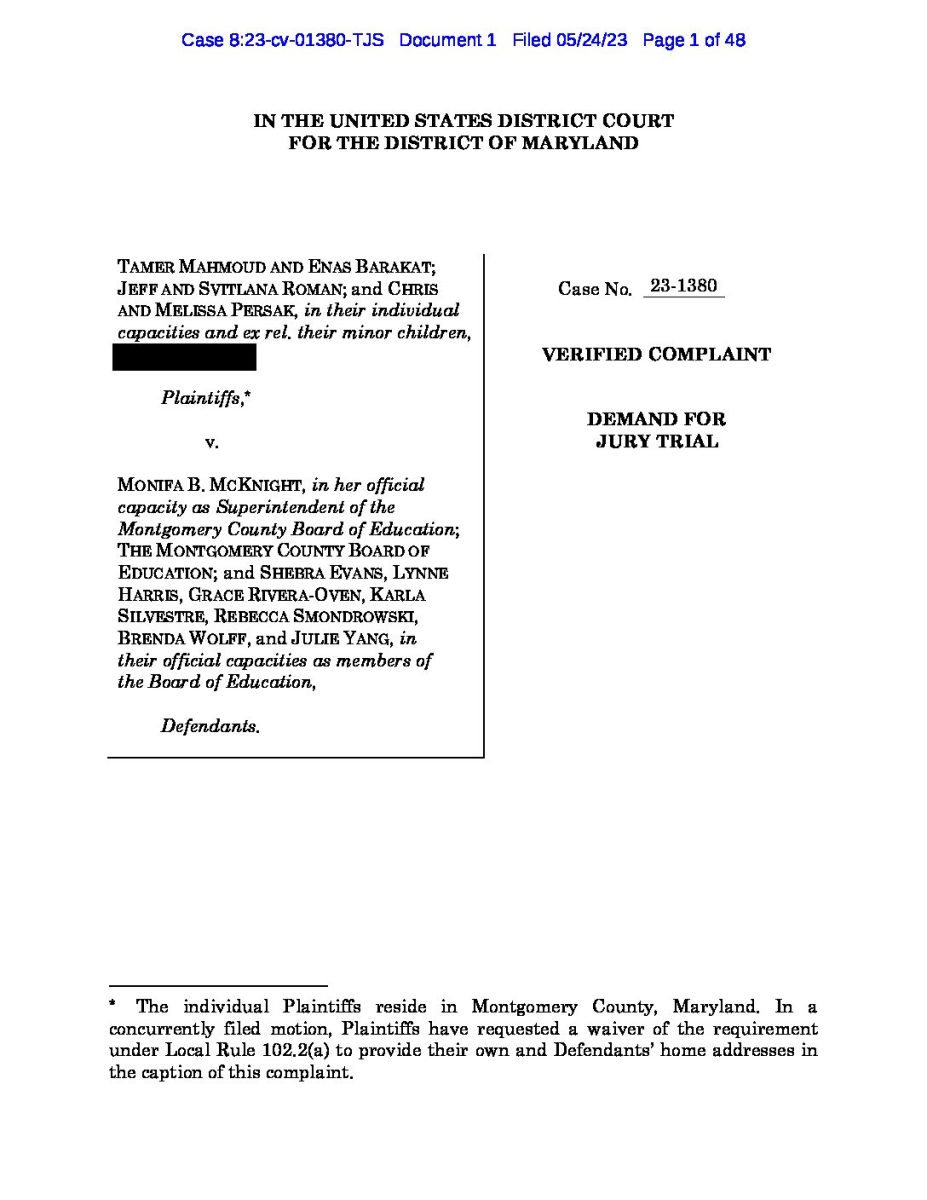Yes, things should be more expensive. Over the past ten months, tariffs have increased to heights unseen in a century, and it couldn’t be more of a good thing.
American manufacturing has been declining for decades as the government abandoned it in pursuit of profit. The Trump administration’s tariff policy is a welcome change that could bring back jobs, fight inflation, decrease carbon emissions, and unite America.
If you’ve ever bought anything at all, it’s probably been made in China. Whether it’s new clothes or an iPhone, China has become the main manufacturer of everything—and it’s cheap. Very, very cheap. Tariffs are a necessity because in pursuit of the dollars off a new pair of shoes, we’ve destroyed America.
Over the past few decades, the government continuously encouraged free trade and moving American factories to other countries. Economists said that it would usher in a new era of prosperity and peace, but they were wrong. Four and a half million manufacturing jobs have been sent overseas since 1979, and workers have been left with nothing. Visiting an old factory town, one won’t see any new tech jobs or white collar workers — they’ll see entrenched poverty and an intense lack of faith in the country that failed them.
This distrust is what led to President Trump being elected; while the cities and suburbs prospered, rural America was left in a cycle of poverty, drugs, and depression. Since the Great Recession, urban areas have grown 33% more than rural America.
Globalization has led to the creation of two Americas: one with the winners and one with the losers. This bipolar America is why we are so polarized. Those whom the system has benefited (white collar workers, college graduates, and corporations) are against those who were harmed (factory workers, farmers, and small businesses). Implementing tariffs will harm the winners of globalization, but only temporarily.
Already, the price increases because of tariffs have been lower than anticipated, every player along the supply line has taken a small hit, so the cost is barely passed to the consumer. The benefits of tariffs, increased manufacturing, a stronger middle class, and bringing jobs back to rural areas will even the balance in America, creating less resentment and more unity.
Free trade and manufacturing offshoring caused the 2022-2023 inflation surge. Because we import so many goods to the United States, we’re vulnerable to supply chain delays. Using tariffs to bring back manufacturing will ensure that our supply chain remains secure. For example, 44.2% of US logic chip imports come from Taiwan. If China invades Taiwan, as many analysts are predicting, costs for electronics will skyrocket. While inflation might temporarily increase, in the long term, tariffs are a sure-fire solution to economic stability.
Tariffs and the fight against climate change aren’t usually linked to each other. However, tariffs can actually open up a new front in the war to save our planet. Seven percent of all global carbon emissions come from cargo ships. By reshoring factories from other countries, cargo ships will be used less, leading to a decrease in greenhouse gasses. Foreign factories are also far more polluting and unhealthy than American factories. Restoring manufacturing to the US will decrease industrial pollution and protect our Earth.
In an America more divided than ever — with an economy that most people know doesn’t work for them, tariffs are a tool to heal our wounds and build a more prosperous future for all.





